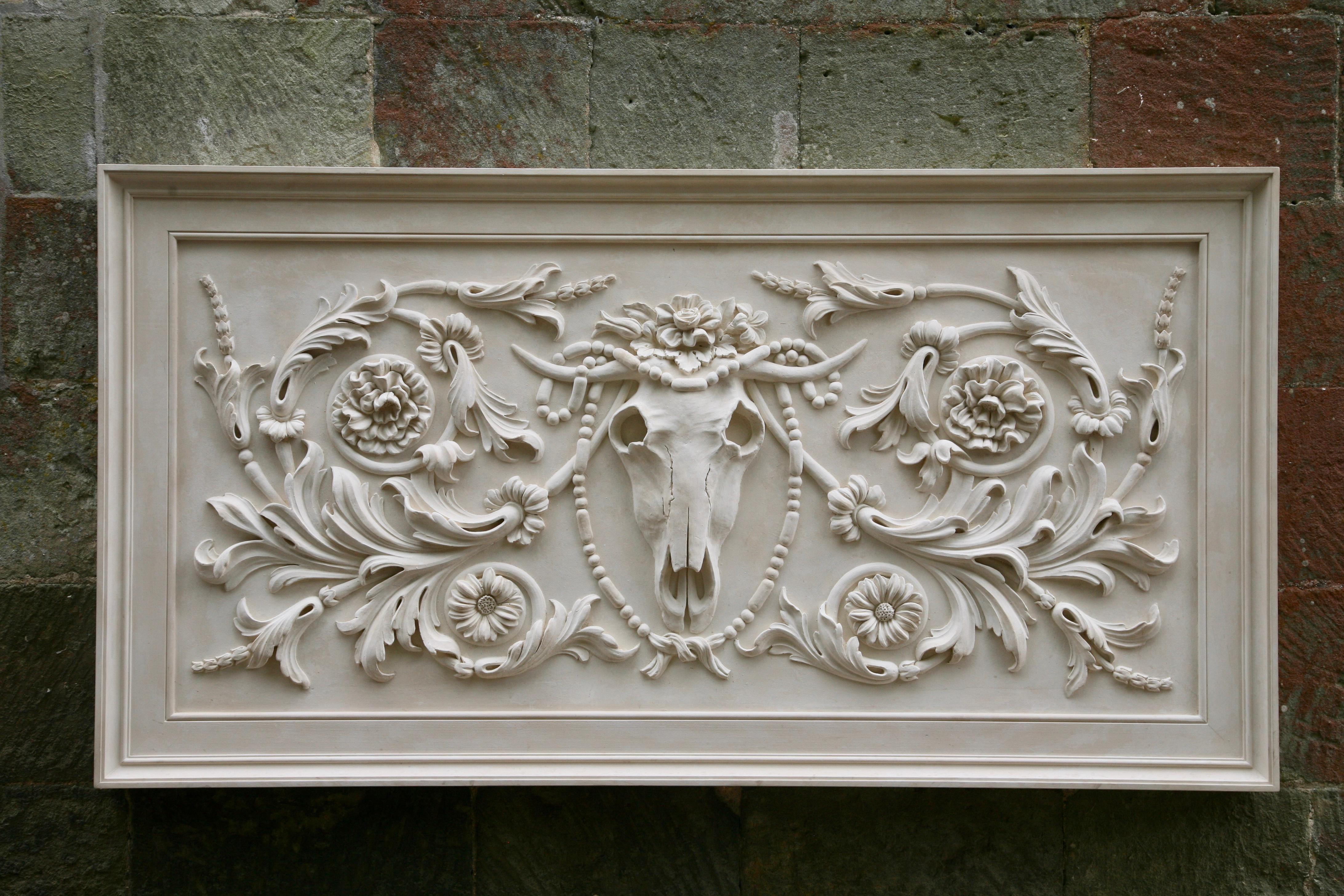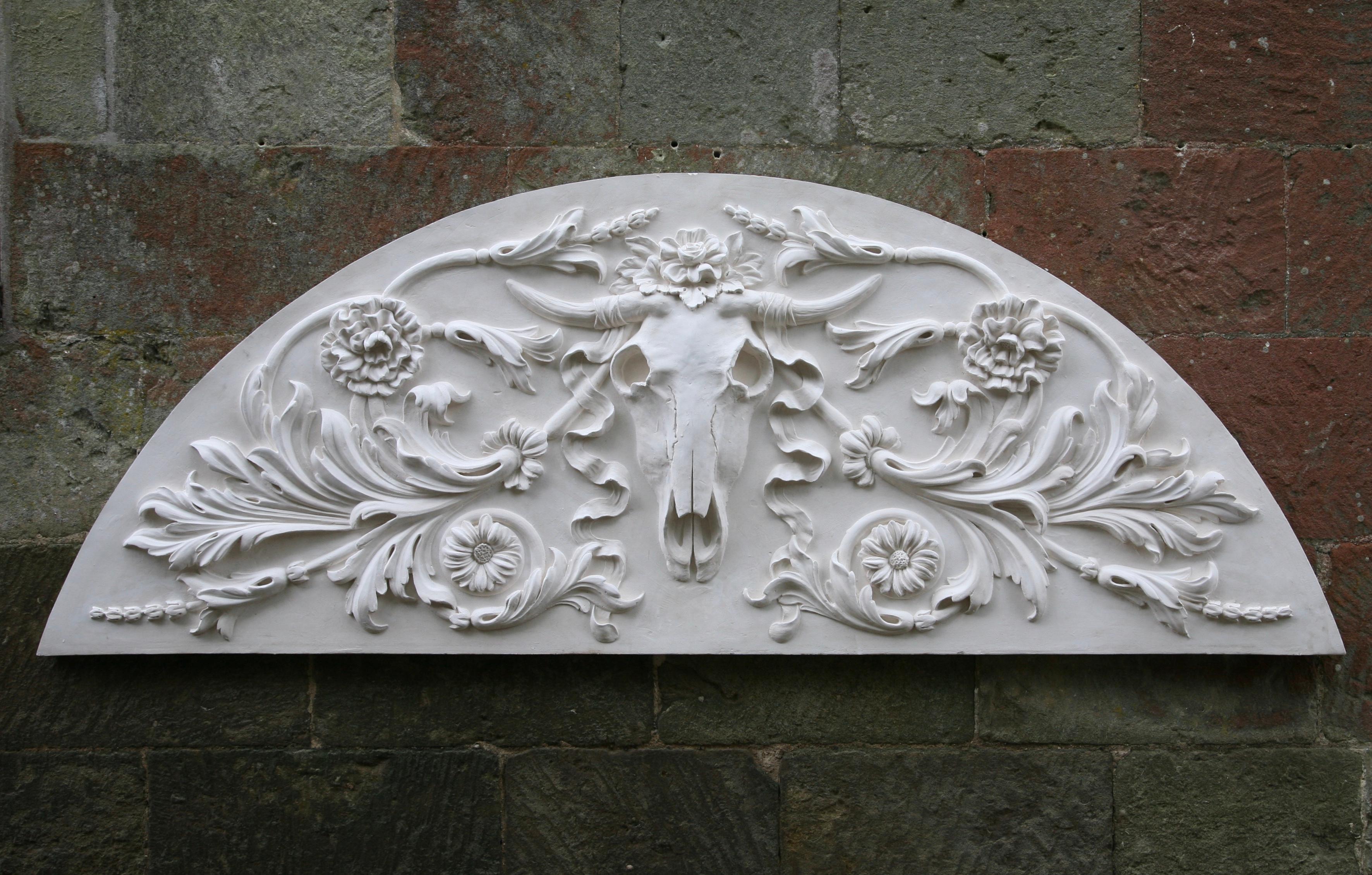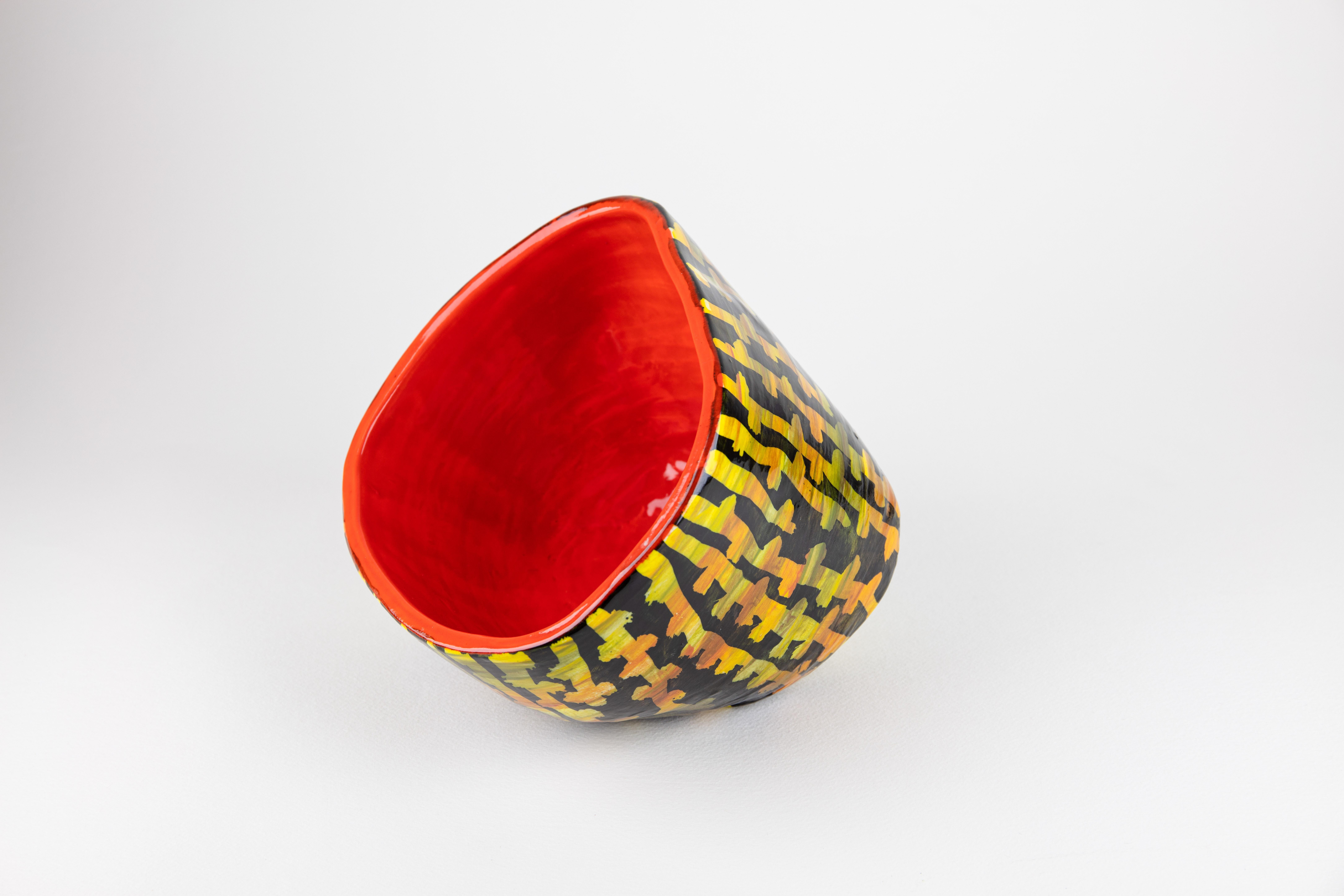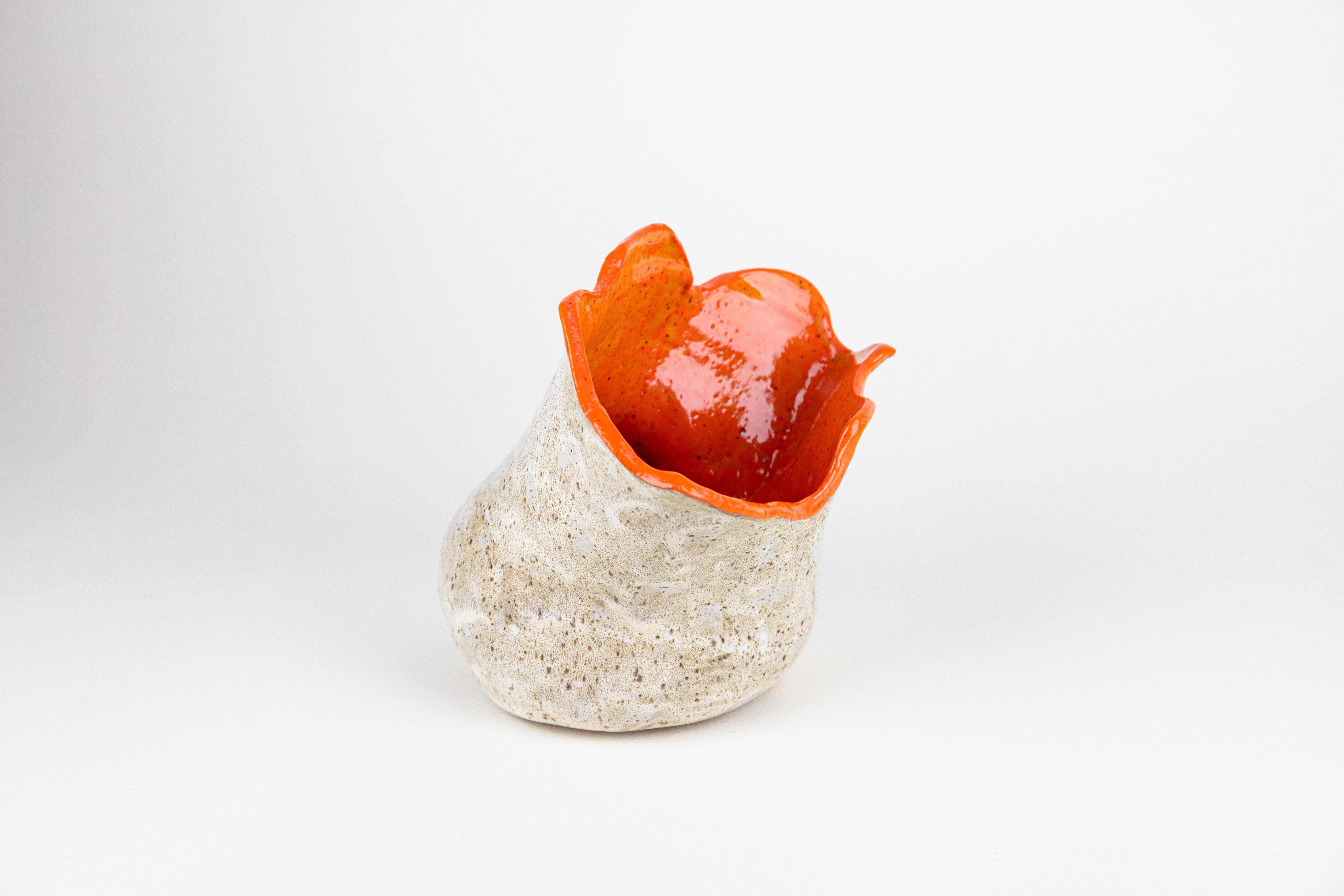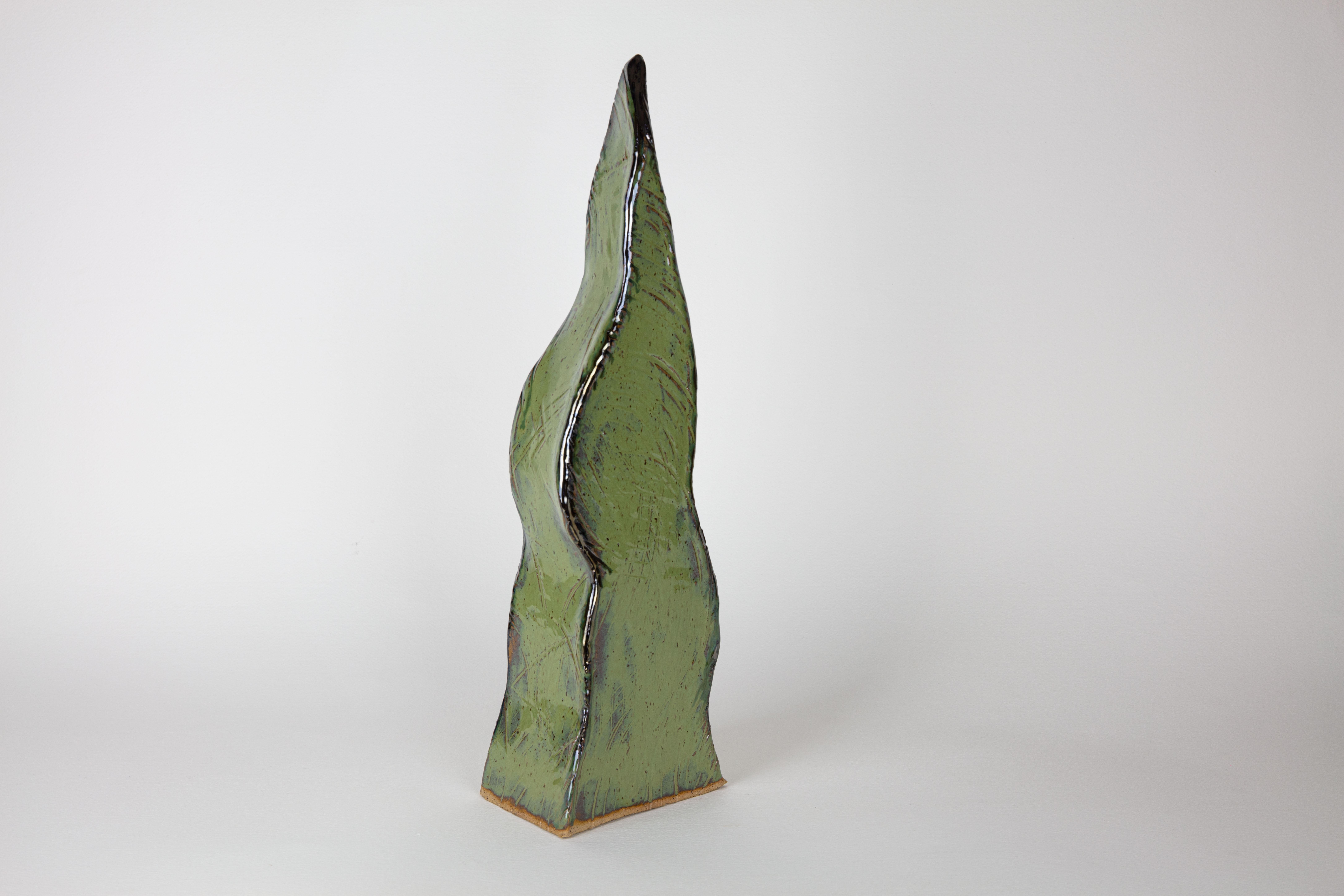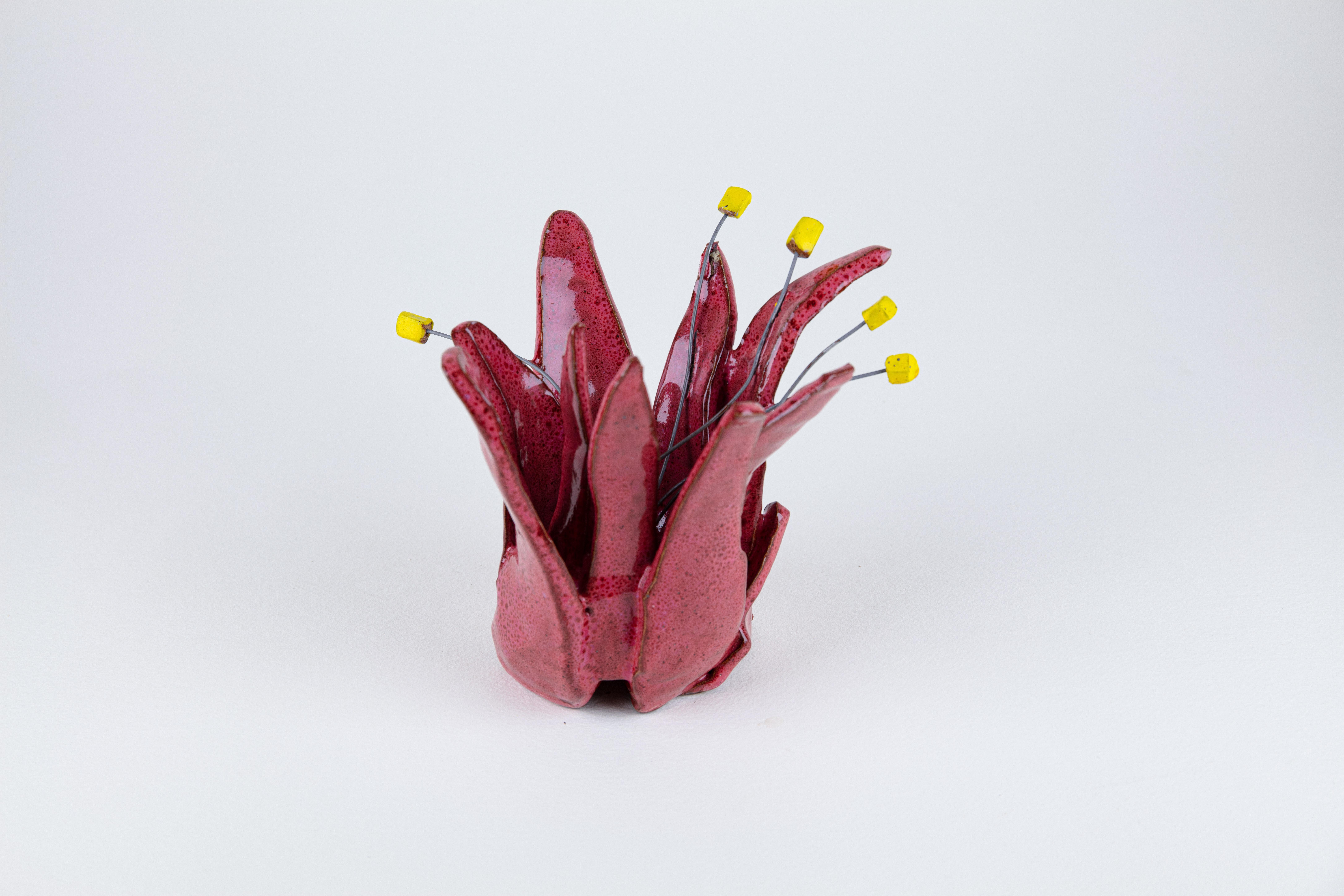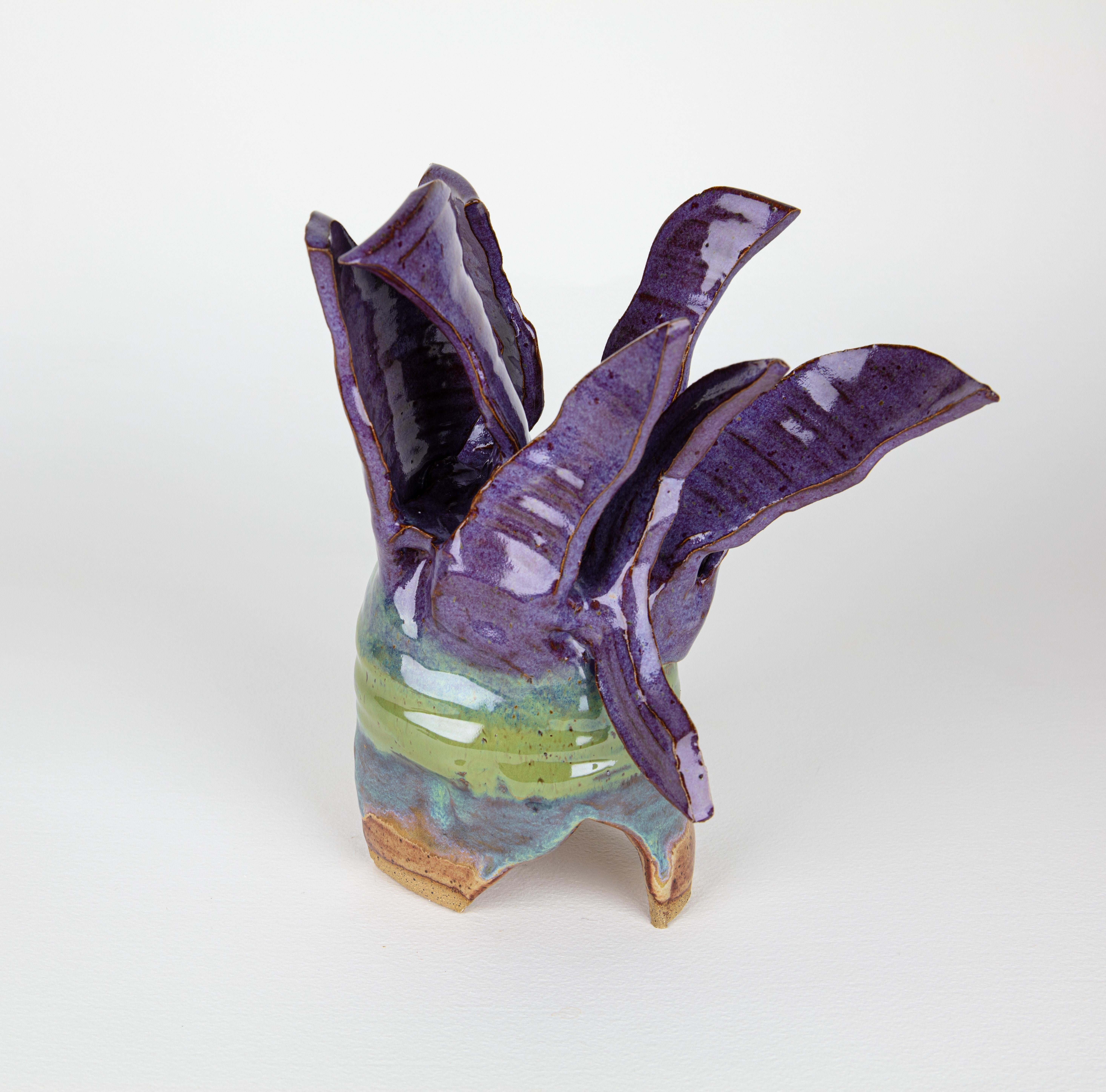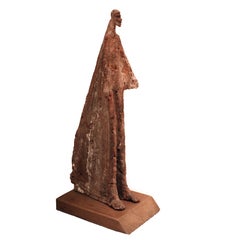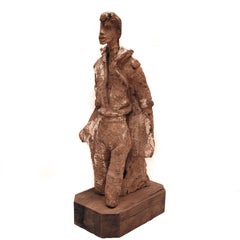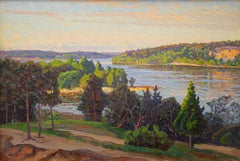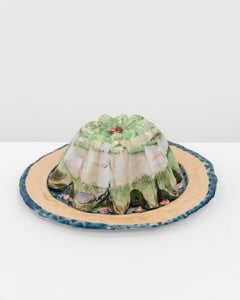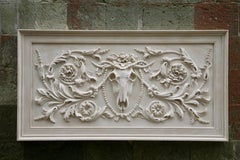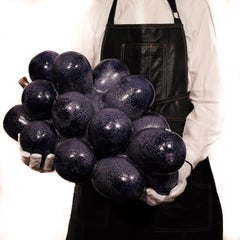
Grapes, Large Sculpture in Stoneware, made by Kjell Janson, 2019
View Similar Items
Video Loading
Want more images or videos?
Request additional images or videos from the seller
1 of 7
Kjell JansonGrapes, Large Sculpture in Stoneware, made by Kjell Janson, 20192019
2019
About the Item
About the Seller
5.0
Platinum Seller
These expertly vetted sellers are 1stDibs' most experienced sellers and are rated highest by our customers.
Established in 2020
1stDibs seller since 2020
118 sales on 1stDibs
Associations
International Confederation of Art and Antique Dealers' Associations
More From This SellerView All
- Terracotta Sculpture by Evert Lindfors, Sweden, Similarities with A.GiacomettiLocated in Stockholm, SETerracotta Sculpture by Swedish artist Evert Lindfors (1927-2016), made in the 1970s. Evert moved to France in the 1940s where he studied at the École des Beaux-Arts in Paris. He wo...Category
1970s Modern Figurative Sculptures
MaterialsBronze
- Large Terracotta Sculpture by Evert Lindfors, Sweden, 1970sLocated in Stockholm, SEFor sale: A captivating terracotta sculpture from the esteemed Swedish artist Evert Lindfors (1927-2016), crafted in the 1970s. A connoisseur of fine arts, Lindfors honed his craft a...Category
1970s Modern Figurative Sculptures
MaterialsBronze
- A Wooded Lakeland View, A Landscape Painting by Swedish Artist Carl JohanssonLocated in Stockholm, SECarl Johansson (1863-1944) Sweden A wooded lakeland view oil on canvas signed Carl Johansson painted c. 1940 canvas dimensions 14.96 x 21.85 inches (3...Category
1940s Post-Impressionist Landscape Paintings
MaterialsOil, Canvas
- Shipping in Stormy Waters, Attributed to Italian Artist Francesco GuardiBy Francesco GuardiLocated in Stockholm, SEThe splendour of the tragic sea Francesco Guardi and maritime painting in Venetian art No Venetian painter was a stranger to the sea. After all, Venice was not only one of the most prominent ports of the Mediterranean, but indeed a city literally submerged in the ocean from time to time. Curiously however, the famous Venetian school of painting showed little interest in maritime motifs, favouring scenes from the iconic architecture of the city rather than seascapes. That is why this painting is a particularly interesting window into not only the painter Francesco Guardi himself – but to the significance of the element of water in art history, in absence as well as in the centre of attention. Whether it be calm, sunny days with stunning views of the palaces alongside the canals of Venice or – more rarely – stormy shipwrecking tragedies at sea, water as a unifying element is integral to the works of painter Francesco Guardi (1712–1793). During his lifetime, Venetian art saw many of its greatest triumphs with names like Tiepolo or Canaletto gaining international recognition and firmly establishing Venice as one of the most vibrant artistic communities of Europe. While the city itself already in the 18th century was something of an early tourist spot where aristocrats and high society visited on their grand tour or travels, the artists too contributed to the fame and their work spread the image of Venice as the city of romance and leisure to an international audience, many of whom could never visit in person. Still today, the iconic image of Venice with its whimsical array of palaces, churches and other historic buildings is much influenced by these artists, many of whom have stood the test of time like very well and remain some of the most beloved in all of art history. It was not primarily subtility, intellectual meanings or moral ideals that the Venetian art tried to capture; instead it was the sheer vibrancy of life and the fast-paced city with crumbling palaces and festive people that made this atmosphere so special. Of course, Venice could count painters in most genres among its residents, from portraiture to religious motifs, history painting and much else. Still, it is the Vedutas and views of the city that seems to have etched itself into our memory more than anything else, not least in the tradition of Canaletto who was perhaps the undisputed master of all Venetian painters. Born into his profession, Francesco lived and breathed painting all his life. His father, the painter Domenico Guardi (1678–1716) died when Francesco was just a small child, yet both he and his brothers Niccolò and Gian Antonio continued in their fathers’ footsteps. The Guardi family belonged to the nobility and originated from the mountainous area of Trentino, not far from the Alps. The brothers worked together on more challenging commissions and supported each other in the manner typical of family workshops or networks of artists. Their sister Maria Cecilia married no other than the artist Giovanni Battista Tiepolo himself, linking the family to the most renowned Venetian name of the time. During almost a decade, Guardi worked in the studio of Michele Giovanni Marieschi, sometimes simply known as Michiel, a painted similar in both style and motif. Canaletto is, however, the artist Guardi is most often compared to since they shared a mutual fascination for depicting the architecture and cityscape of Venice. During the course of his career, Guardi tried his hand in many different genres. He was as swift in painting landscapes, Vedutas of Venice, sacred motifs, interiors and architectural compositions as he was in a number of other motifs. His style is typical of the Venetian school but also distinct and personal once we look a little closer. There is an absolute certainty in the composition, the choice of which sometimes feels like that of a carefully calculated photograph – yet it is also very painterly, in the best sense of the word: fluid, bold, sensitive and full of character. The brushwork is rapid, intense, seemingly careless and extraordinarily minute at the same time; fresh and planned in a very enjoyable mixture. His interiors often capture the breath-taking spacious glamour of the palaces and all their exquisite decor. He usually constructed the motif through remarkably simple, almost spontaneous yet intuitively precise strokes and shapes. The result was a festive, high-spirited atmospheric quality, far away from the sterile and exact likeness that other painters fell victim to when trying to copy Canaletto. The painting here has nothing of the city of Venice in it. On the contrary, we seem to be transported far away into the solitary ocean, with no architecture, nothing to hold on to – only the roaring sea and the dangerous cliffs upon which the ships are just moments away from being crushed upon. It is a maritime composition evoking both Flemish and Italian precursors, in the proud tradition of maritime painting that for centuries formed a crucial part of our visual culture. This genre of painting is today curiously overlooked, compared to how esteemed and meaningful it was when our relationship to the sea was far more natural than it is today. When both people and goods travelled by water, and many nations and cities – Venice among them – depended entirely on sea fare, the existential connection to the ocean was much more natural and integrated into the imagination. The schools and traditions of maritime art are as manifold as there are countries connected to the sea, and all reflect the need to process the dangers and wonders of the ocean. It could symbolize opportunity, the exciting prospects of a new countries and adventures, prospering trade, beautiful scenery as well as war and tragedy, loss of life, danger and doom. To say that water is ambivalent in nature is an understatement, and these many layers were something that artists explored in the most wondrous ways. Perhaps it takes a bit more time for the modern eye to identify the different nuances and qualities of historic maritime paintings, they may on first impression seem hard to differentiate from each other. But when allowing these motifs to unfold and tell stories of the sea in both fiction and reality – or somewhere in between – we are awarded with an understanding of how the oceans truly built our world. In Guardi’s interpretation, we see an almost theatrically arranged shipwrecking scene. No less than five ships are depicted right in the moment of utter disaster. Caught in a violent storm, the waves have driven them to a shore of sharp cliffs and if not swallowed by the waves, crushing against the cliffs seems to be the only outcome. The large wooden ships are impressively decorated with elaborate sculpture, and in fact relics already during Guardi’s lifetime. They are in fact typical of Dutch and Flemish 17th century ships, giving us a clue to where he got the inspiration from. Guardi must have seen examples of Flemish maritime art, that made him curious about these particular motifs. One is reminded of Flemish painters like Willem van de Velde and Ludolf Backhuysen, and this very painting has indeed been mistakenly attributed to Matthieu van Plattenberg...Category
18th Century Old Masters Landscape Paintings
MaterialsCanvas, Oil
$51,524 Sale Price20% OffFree Shipping - Party Time by Swedish Artist Eric Hallström, Pastel on PaperLocated in Stockholm, SEEric Hallström (1893-1946) Swedish Party Time pastel on paper signed Eric Hallström image dimensions approx 19.29 x 23.22 inches (49 x 59 cm) frame 26.37 x 30.70 inches (67 x 78 cm...Category
1920s Figurative Paintings
MaterialsPastel, Paper
$2,494 Sale Price35% Off - Vårvinter II (Winter, Early Spring II), Oil on Board, C. 1909Located in Stockholm, SEThe painting "Vårvinter II," believed to have been painted around 1909 by the Swedish artist Karl Tirén, is a remarkable representation of a landscape in the cusp of the seasonal tra...Category
Early 1900s Post-Impressionist Landscape Paintings
MaterialsBoard, Oil
You May Also Like
- Aladåb (á la daube)Located in Oslo, 03Glazed Stoneware SculptureCategory
2010s Contemporary Still-life Sculptures
MaterialsStoneware, Glaze
- Bucranium Mask Plaster Panel in Classical StyleBy CoadeLocated in Salisbury, GBPlaster panel with bucranium decoration framed with painted wood. Bucranium, translated from Greek origins literally means 'ox skull' and was a form of carved decoration commonly use...Category
2010s Still-life Sculptures
MaterialsStone
- Coade Stone Decorative Garden Classical Belmont UrnBy CoadeLocated in Salisbury, GBThe Belmont urn is a reproduction of an 18th-century Coade urn, reportedly originating from "Belmont" House, which was Eleanor Coade's residence in Lyme Regis. This urn features orna...Category
2010s Still-life Sculptures
MaterialsStone
- Bucranium Mask Arch Plaster PanelBy CoadeLocated in Salisbury, GBThis decorative panel consists of a plaster base adorned with bucranium decoration, framed by painted wood. Bucranium, originating from the Greek term meaning 'ox skull,' represents ...Category
2010s Still-life Sculptures
MaterialsStone
- Blossom 2, Abstract ceramic sculpture, green flowerBy Rachelle KriegerLocated in New York, NYArtist Statement by Rachelle Krieger: These new ceramic sculptural works are a reflection of biodiversity and vitality, capturing natural elements in various stages of life. During ...Category
2010s Contemporary Still-life Sculptures
MaterialsWire
- Husk 1, Abstract ceramic sculpture, red and yellowBy Rachelle KriegerLocated in New York, NYArtist Statement by Rachelle Krieger: These new ceramic sculptural works are a reflection of biodiversity and vitality, capturing natural elements in various stages of life. During ...Category
2010s Contemporary Still-life Sculptures
MaterialsWire
Recently Viewed
View AllMore Ways To Browse
30inch Sculpture
Grape Sculpture
Charles Lutz Louis Vuitton
Picador Ramie 162 Picasso Madoura Ceramic
Alan Derrick
Gibson L 5 Vintage
Drew Leshko Hotel
Malawi Carved
Vicky Lindo
Kellogg Corn Flakes
Small Glass Water Bag Sculpture
Skeleton Iced Out
Joey Bates
Pekka Paikkari
Louis Lutz
Vintage Stax
Johnson Tsang
Pinecone Boy

